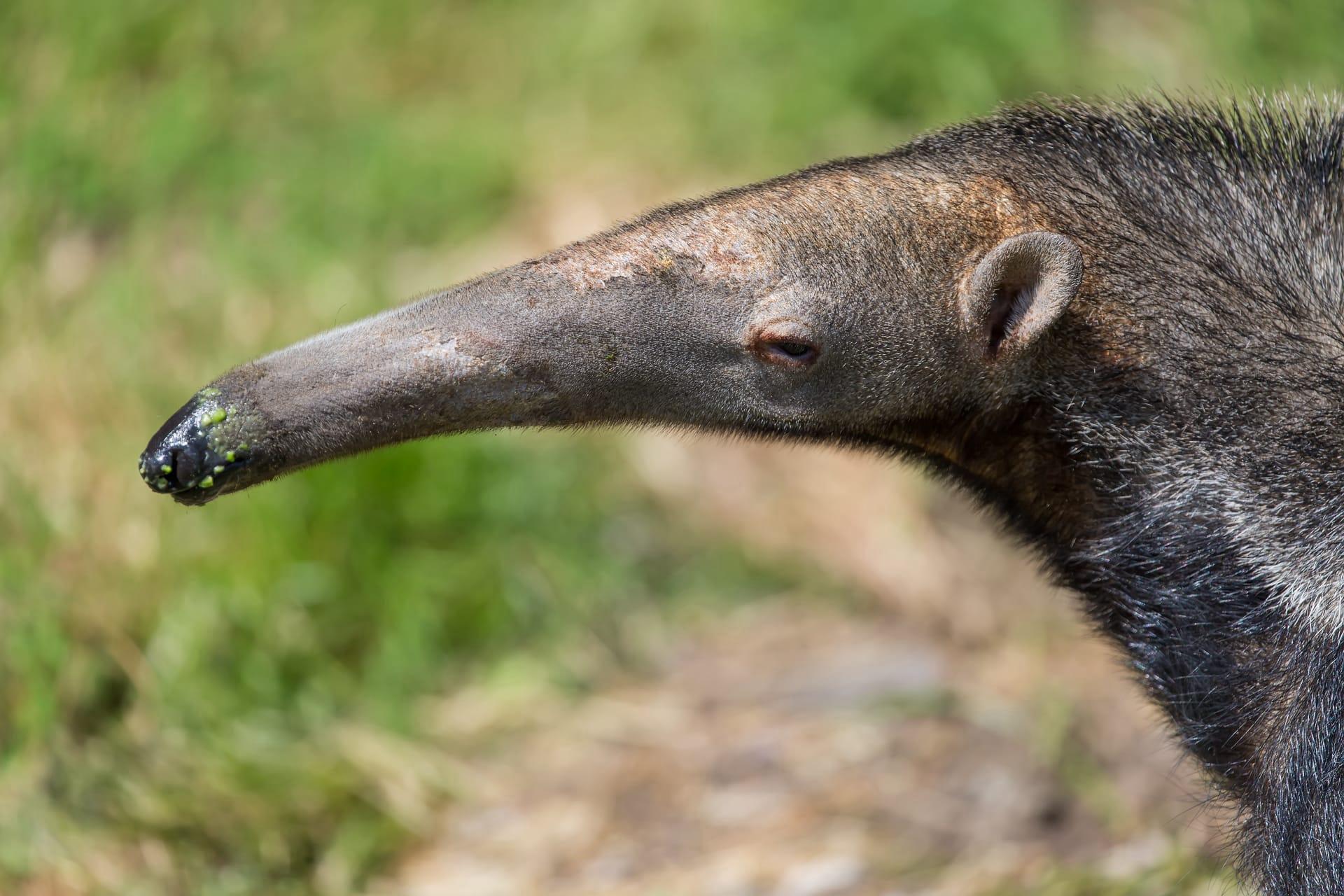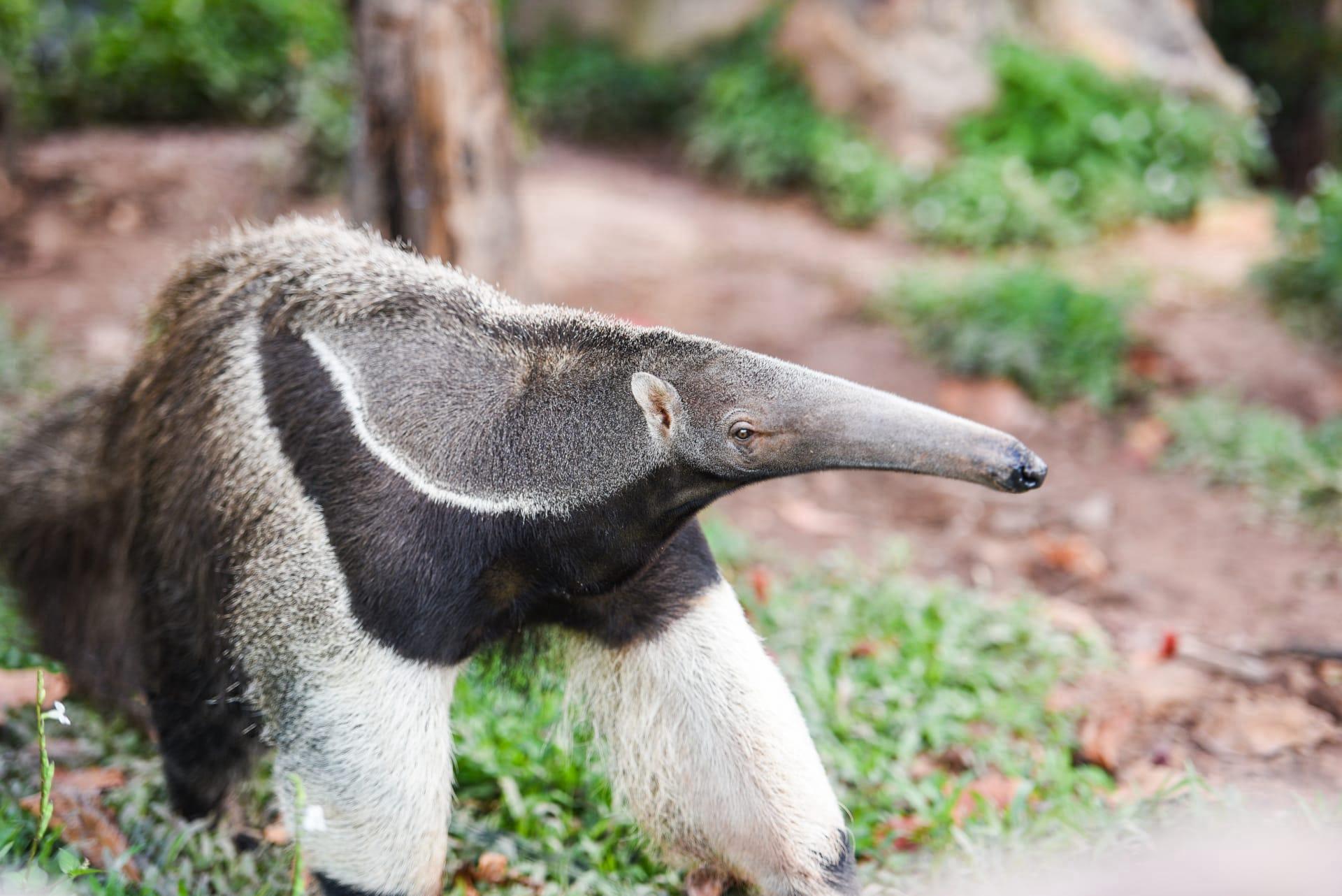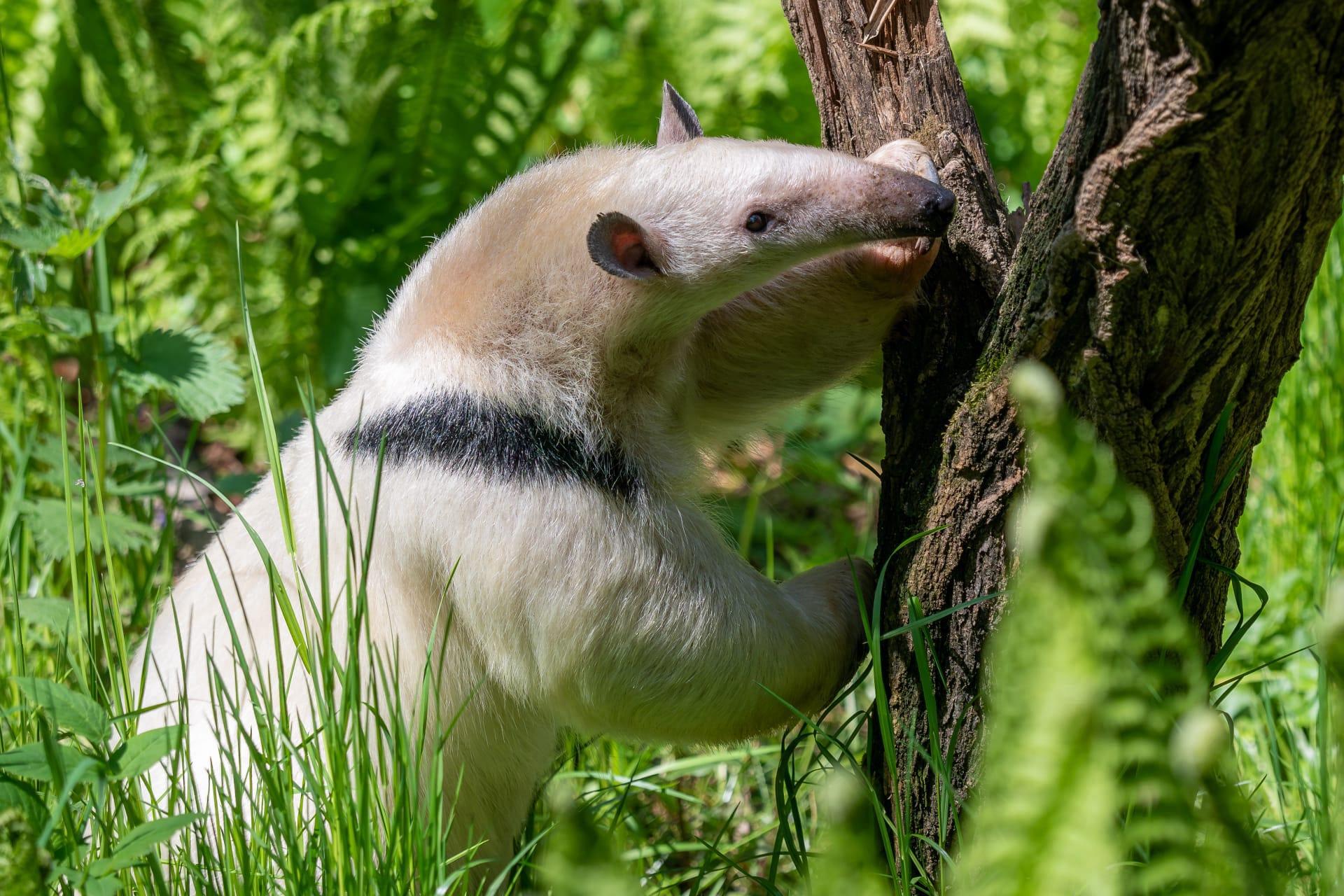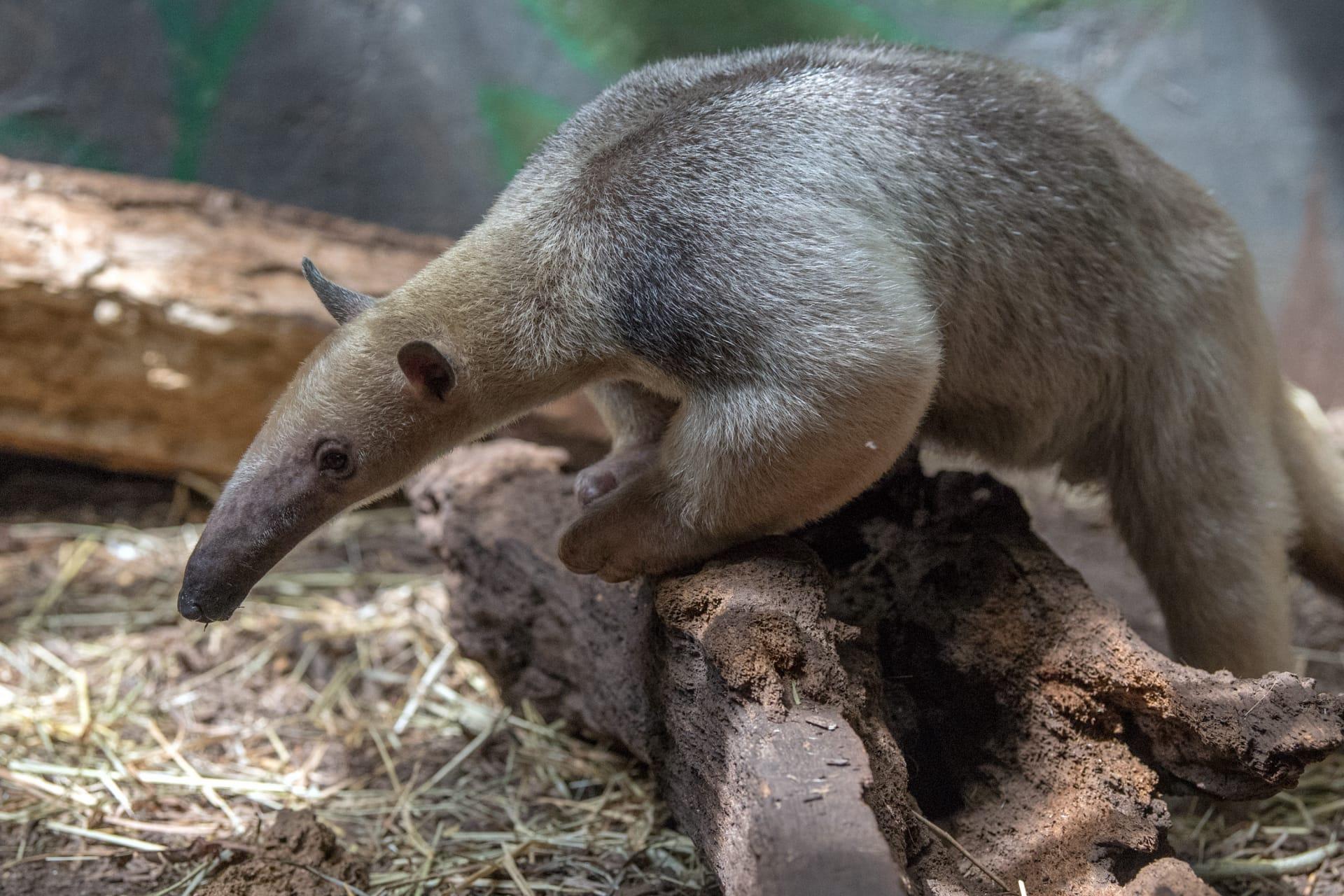Anteater Trivia
- Home /
- Trivia Question /
- Animal /
- Anteater Trivia
1
Question: How long is the tongue of an anteater, and how does it aid in its diet?
Answer: The tongue of an anteater can be a staggering 60 to 90 centimeters long! This extreme length, combined with a width of just 2 centimeters, allows the anteater to delve deep into ant and termite mounds. Their tongues are coated with sticky saliva, perfect for trapping these insects. During a single feeding session, an anteater can flick its tongue up to 160 times per minute, consuming thousands of ants and termites without destroying the colony.
Question: What is the lifespan of an anteater in the wild versus in captivity?
Answer: In the wild, anteaters usually live between 10 to 15 years. However, in captivity, their lifespan can extend up to 25 years. This difference is largely due to factors like predation, habitat loss, and food scarcity in the wild, while in captivity they receive regular veterinary care and consistent food supply, enhancing their longevity.

2
Question: Do anteaters have teeth?
Answer: Contrary to what some might think, anteaters do not have teeth. Instead, they rely on their long, sticky tongues to capture ants and termites. Their strong stomachs grind the food, assisted by the small pebbles and sand they ingest.
Question: Can anteaters dig with their claws?
Answer: Yes, anteaters have powerful claws, which they use for multiple purposes. They have sharp, curved claws on their front feet, perfect for digging into ant and termite mounds. These claws are also a formidable defense mechanism against predators. However, to avoid blunting them, anteaters walk on their knuckles, keeping their claws sharp.

3
Question: How do anteaters regulate their body temperature?
Answer: Anteaters don't have the same internal temperature regulation as many other mammals. They have a relatively low body temperature, around 33°C (91°F), and it can fluctuate depending on the environment. To cope with colder weather, they often curl up into a ball, using their bushy tails as blankets.
Question: What kind of social structure do anteaters have?
Answer: Anteaters are mostly solitary creatures. Females and males come together only to mate. After giving birth, mothers raise their offspring alone. Young anteaters stay with their mothers for up to two years, learning survival skills before venturing out on their own.

4
Question: What is the primary habitat of anteaters?
Answer: Anteaters are found primarily in Central and South America, thriving in a variety of habitats including rainforests, grasslands, and savannas. Their habitat choice is largely influenced by the availability of their primary food source: ants and termites. They require large territories to ensure a steady food supply.
Question: Do anteaters have good eyesight?
Answer: Anteaters have relatively poor eyesight. They rely more on their highly developed sense of smell, which is 40 times more sensitive than that of humans. This keen sense of smell is crucial for locating ant and termite nests, which are their main food sources.

5
Question: How does an anteater consume water?
Answer: Anteaters don't typically drink water in the conventional sense. They primarily obtain moisture from the food they consume, namely ants and termites, which have high water content. However, they can lap water when available, using their long tongues.
Question: Are anteaters endangered?
Answer: The conservation status of anteaters varies among species. The giant anteater is classified as 'Vulnerable' by the IUCN, primarily due to habitat loss, wildfires, and hunting. Efforts are ongoing to protect their habitats and reduce threats to ensure their survival.